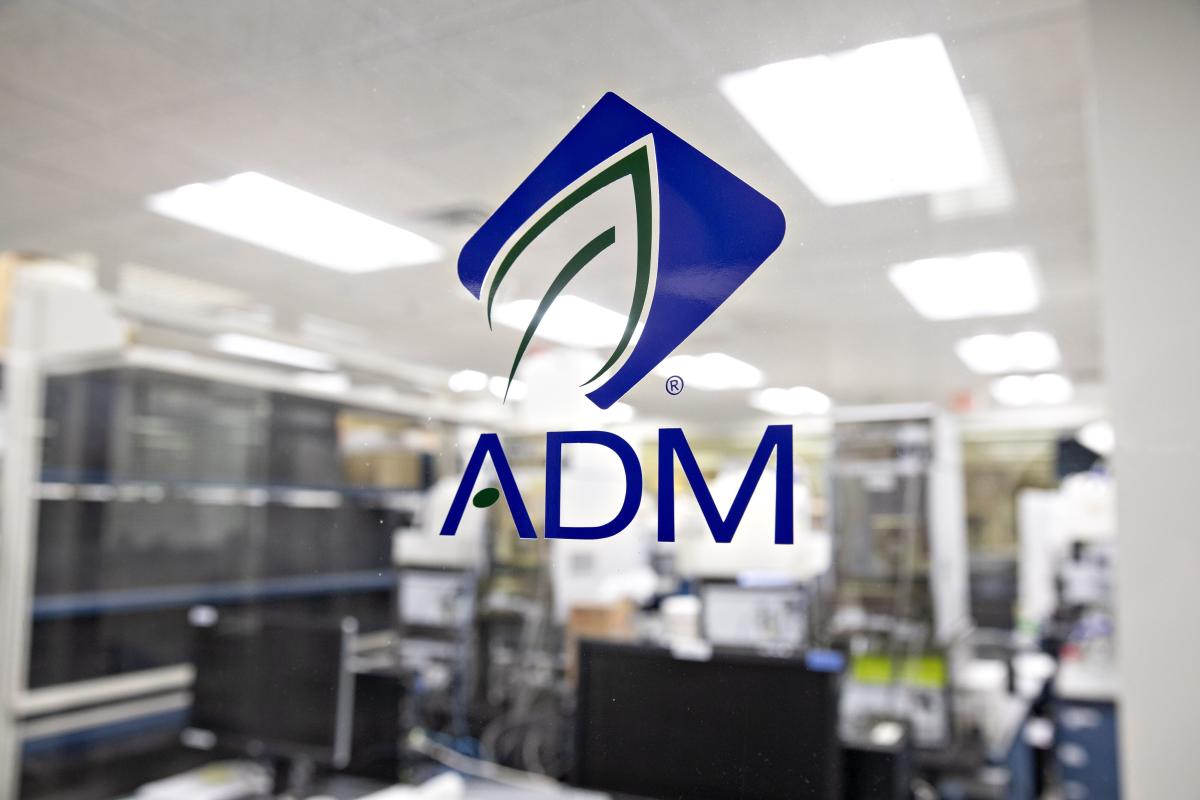China wants to dominate global chip manufacturing, but its ambitions are dashed by the hard reality of its low domestic production rates. According to a graph from a Nikkei report, China’s domestic chipmaking tool manufacturers produce 20% of the tools the country uses for chipmaking, but it currently only has a production rate of 1% of the critically important lithography tools. This means the East Asian country needs to invest much more in its domestic chipmaking tool firms before it can be self-sufficient in meeting its chipmaking needs.
Those on the ground (semiconductor manufacturing companies and equipment manufacturers) are at their wits’ end, but it’s difficult for them to say so,” says Yuji Miura in the Nikkei report. Miura is a senior researcher at the Japan Research Institute.
According to the data Nikkei compiled using data from Japan’s Ministry of Economy, Trade, and Industry, the China Institute of Commerce and Industry, the Semiconductor Industry Association, and the Boston Consulting Group, China’s domestic production rate of chipmaking tools is around 20%, with the critical exposure and development tools (i.e., photolithography) comprising less than 1%. Expanding the tweet below shows the machine-translated version of the compiled data.
These numbers show how China’s semiconductor industry is at the mercy of external forces. With the U.S. making moves to block China’s access to advanced technologies, Beijing will likely miss its targets by years, if not decades. Some of America’s moves include banning ASML from servicing some of its high-end chipmaking tools in China, meaning advanced chip production in the country could grind to a halt.
Even so, Chinese President Xi Jinping says that China doesn’t need ASML to develop its own technologies. Beijing is pouring billions of dollars into developing its domestic semiconductor industry, with firms like Naura Technology and AMEC investing in lithography tools to help China break free of its reliance on ASML.
However, despite the bans, sanctions, and tariffs that the U.S. is placing on China, the latter has continued to steadily build up its domestic semiconductor industry. China’s Zhaoxin released its domestic KX-7000 CPU in March 2024. While it’s only as powerful as Intel and AMD chips from 2018, the KX-7000 doubled the performance of its KX-6000 predecessor. Huawei has also found a way to circumvent America’s ban on its access from 12th-Gen Intel CPUs by introducing its own Kirin 9000C processor.
Another way that China could sidestep the West’s sanctions is to innovate on older yet mature nodes. An example of this is when Huawei mass-produced 7nm chips without EUV tech—something that surprised many major global semiconductor players. Chinese firms could also concentrate on open standard technologies that some may overlook, like RISC-V. As open standards are accessible and useable to anyone and everyone, the U.S. will have difficulty legally stopping Chinese firms from using the technology.
In the meantime, Beijing needs to keep pouring money and talent into its chip production capabilities to keep up with the West. Unless it could miraculously stop U.S. sanctions or build up its domestic chipmaking capabilities overnight, Beijing’s global chip dominance would likely remain a pipe dream.
Signup bonus from




